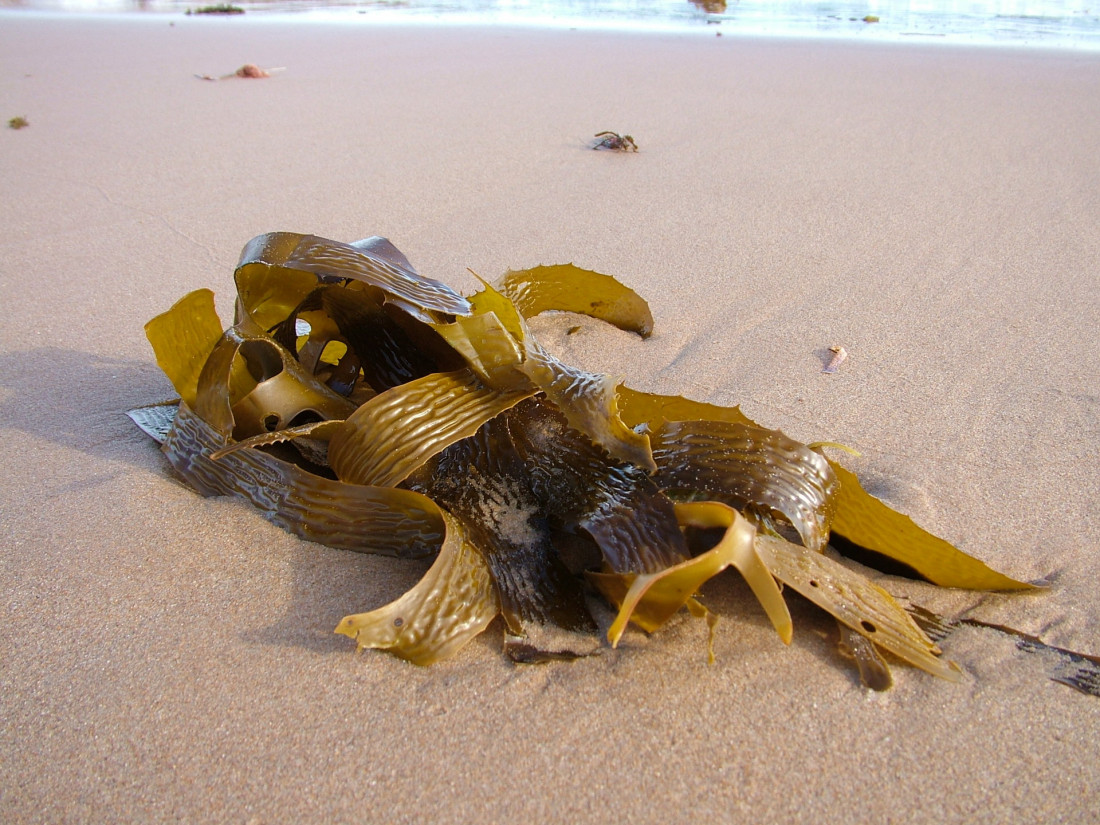It did not take long in human history for mankind to discovery that pigs can eat acorns. And in many ways, this discovery gave the pig farmers of Northern Europe, where there are plenty of oak trees, a competitive advantage over the pig farmers of say, Greece or Italy.
While it is only recently that trade in pork has gone very international, it is interesting that today’s swine populations are also larger in Germany, Denmark and the Netherlands, than in most Mediterranean states. Of course, this fact, in a nutshell, has little to do with acorns.
There are of course many reasons why livestock populations are located where they are: large grazing areas for American, Brazilian and Argentine cattle farmers; access to markets for China’s pig farming industry, or climate for Australian sheep farming.
But it is important not to dismiss the significance of industry intelligence in understanding the power of regional markets. And much of this intelligence is based on new ingredients and raw materials for animal feed.
With this in mind, here are two of the latest ideas being trialled and tested in the (sometimes crazy) world of animal feed R&D.
Garlic as an Animal Feed Additive
In 2014, National Geographic reported how, “A three-year study at the University of Wales in Aberystwyth has shown that when cows are fed garlic, methane production is cut in half. According to Jamie Newbold, leader of the Welsh research project, allicin from garlic kills off the methane-generating bacteria in the cows’ substantial bellies, thus creating both politer and more eco-responsible cows.”
The immediate problem though, was that cows that were fed garlic produced milk that tasted of garlic.
To avoid this problem, researchers have begun to study the use of propyl propane thiosulfonate, as a substitute for garlic (or onions). By using a panel of taste testers, a research team in Spain found that only 12.5% of people would be able to taste the use of garlic extract in milk produced by low-methane producing cattle.
Publishing their results in the journal ResearchGate, the team conclude that, “…although small traces of propyl propane thiosulfonate were found in milk samples … the identified concentration does not alter organoleptic properties of milk, and Garlicon can, therefore, be used as a supplement feed at doses of 25 g day”
You can find out more about this solution on the entertaining broadcast on YouTube, entitled, ‘Onions Could Stop Cows From Farting The Planet To Death’.
Seaweed as an Animal Feed Additive
In an effort to make the animal feed industry more environmentally friendly, researchers in Australia are experimenting with feeding cattle seaweed. While the study is still ongoing, they believe that eating seaweed may reduce methane production in cows by up to 99%.
“The seaweed has some chemicals inside it which interfere with the bacteria-producing methane,” says Rocky de Nys, an aquaculture researcher at James Cook University. “So instead of the carbon going out of the stomach with a burp, the carbon can get shunted into energy production in the cow.”
As the technology journal FastCompany reports, “In previous experiments, the researchers tested a seaweed supplement in sheep and found that it reduced their methane emissions by up to 70%, without affecting the growth of the sheep. In trials through 2017, the researchers are now studying the effect of the seaweed in cows.”
The researchers are focusing on a species of seaweed called Asparagopsis taxiformis, for which the team have created an artificial cow stomach. And if it works as expected, they hope to see a major reduction in methane.
This would of course present the challenge of scaling up seaweed production to be able to feed the world’s 1.5 billion cows. However, Nys doesn’t think that will be a problem.
“It’s a very big industry,” he says. “So the techniques and procedures and logistics are all in place. Really no one’s farmed this seaweed because there’s never been demand for this seaweed before. No one’s ever said, ‘Oh, can we feed this to cows to reduce methane?’ until now.”
While these ideas may sound a little unusual, they may well prove to be part of a new wave of ingredients that will have long-term impact on the animal feed industry. Both seaweed and garlic have long been known for their health properties for humans, so it is a short step to apply this nutrition intelligence to livestock.
In fact, many new ideas hit resistance when first published. After all, what was your initial reaction when you first heard of feeding livestock insect meal?

